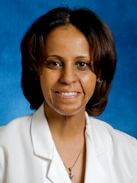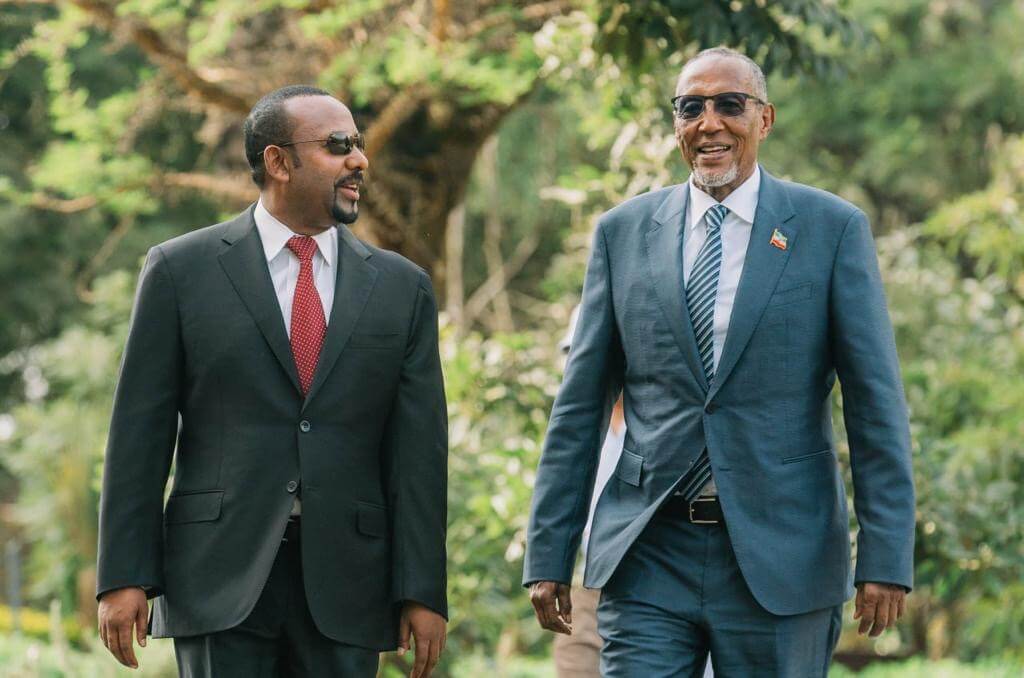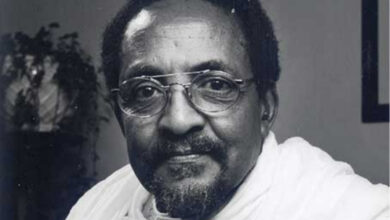#COVIDー19: Lessons of past, present and the future: On interventions that are cost effective, can be done locally and done now

Sosena Kebede, MD, MPH, For Addis Standard
Addis Abeba, March 17/2020 – On March 11, 2020 the World Health Organization (WHO) declared COVID-19 as a pandemic. A quickly evolving phenomenon across nations, so far hundreds of thousands are infected and thousands have died from it. Needing a reference point, we have resorted to comparing this to the closest thing we know in viral epidemics- the flu, a virus that kills thousands every year. However, unlike the flu, this is a novel human virus for which we don’t have years of epidemiologic and clinical data that helps us to understand or predict how this pandemic will unfold, how to best treat it and most importantly we don’t have a vaccine for this one-yet.
For all its novelty though, this scenario is déjà vu all over again. What the world is feeling now is close to how we were feeling around the time another novel virus, Ebola, surfaced among us and claimed the lives of more than 11,000 West Africans between 2013-2016. For the relief of the western world and of the WHO, that regional epidemic remained to be pretty much an African continent problem, having only achieved the status of “Public Health Emergency of International Concern ” on August 8th, 2014. The scramble to contain the spread of Ebola was filled with unforgettable chaos and horrific scenes. The outbreak also laid bare the dangerous vulnerability of that continent to public health calamities and exposed the dismal resource shortage and basic infrastructure of many African nations.
A number of African countries were scoring some of the highest GDPs in the world during that period. Yet, we watched with a sense of grief and anger that developmental agendas in most African countries did not seem to have prioritized basic public health needs such as having access to water, waste disposal system and sanitary conditions in health facilities. Neither the meager resources nor the number of local healthcare workers who were putting their lives on the line were a match to the Ebola fire that was raging. Western institutions not only designed personal protective equipment but also sent healthcare workers to Africa to help teach the ‘magic ‘of handwashing, contact precautions, and disease transmission.
Well, here we are again. We have yet another novel intruder among us and it too thrives among crowds, and poor hygiene, and targets those with poor defense mechanism, be it from illness, old age, malnutrition or lack of access to healthcare. COVID-19 is in Africa, including Ethiopia, and the low numbers reported thus far is likely a reflection of the limited testing capacity of countries than the true regional prevalence. The work ahead is enormous as is the information that is coming out from various sources. As soon as this piece is published new facts will emerge, guaranteed.
But based on the events that unfolded so far, what are the general public health recommendations that need emphasis in the African context? A a physician, public health and global health practitioner as well as health policy educator with years of experience, I have compiled a short list but readers should also refer to CDC.gov and WHO.int for more specific and up to date information on the topic.
Accordingly, below are some general public health interventions that are cost effective, can be done locally and done now.
Clarify the command post(s): clarify where the ultimate place of coordination for this epidemic will be, both regionally and nationally. Ideally this place will also be the center for production and coordination of all things pertaining to the epidemic, including information materials and training manuals. It would make sense to have both a central (national) command post where many regional command posts would be in direct communication with so that action is executed efficiently, locally.
Focus on scaling up human resources: recruit a large and diverse number of key lay personnel and give accelerated but pertinent training (a few hours to start with and then update as needed) and deploy them among communities to enforce education. Training manuals should be standardized and updated from central command post. Appointing a lead person among social groups, community organizations including churches, mosques and other religious entities to be the ‘czars’ in educating their constituents is a powerful way to reach those who may not access media-based education. This investment in local human resources will likely initiate many for future similar needs (if they were to arise) and the education will be helpful for every day healthy living.
Invest in community education: using multi-media outlets, billboards and other methods of posting informatics, massively disseminate basic but science-based facts about this virus, how to prevent its transmission and address false narratives about the virus. Epidemics are anxiety provoking and can be rife with dangerous and false information. In populations where the literacy level may not be high, every effort should be made to reach people where they are at, speak to them in a language of their preference and give them the opportunity to ask questions. This requires large human resources commitment but the effort made early in giving enough education to the public will save lives, improve public health efforts and avert chaos.
Take care of healthcare workers: equip healthcare workers to adequately protect themselves first. Making water, sanitizing gels/wipes and face masks available in healthcare facilities should be one of the first priorities of the intervention. Give clear and standardized recommendations to all care providers by requiring a standardized training for all healthcare workers throughout the country. Post standardized flowcharts, algorithms and recommendations where they may be seen. Provide resources in practice areas so that busy practitioners’ workflow is efficient.
Manage crowded spaces: in nations where thousands rely on crowded public transport every day or live in crowded spaces, implementing social distancing principles is a real challenge. Some potential interventions that might be helpful is to encourage able body adults to walk to their destination where possible, to limit the number of persons allowed in a vehicle, encourage employers, schools and religious institutions to devise ways for people to work/learn and worship from home where possible.
Special places/populations: the issue of managing crowds in business centers, such as in open markets and in the dwelling quarters of the homeless and inadequately housed citizens is a particularly sensitive area and requires careful forethought. If there are special groups such as refugees and displaced people policy makers and enforcers must make allowance to not do undue harm to individuals while trying to protect the larger public. This will be one of the angst of public health interventions of large scales and requires sensitivity, dialogue and compromise.
Standardize approach to screening and management: frontline workers should be clear and trained to identify the difference between ‘testing’ and ‘screening’ and appropriately triage patients so that clinical practitioners’ times are protected for clinical evaluation and treatment. Currently, no screening for COVID-19 is recommended (except in special cases such as where a person may have come in direct contact with another person who has the disease or if coming from an endemic region) but testing those with symptoms is recommended for suspected conditions. The appropriate use of limited resources is another critical public health principle as governments prepare to provide the timely testing needed for those with concerning symptoms.
In the event of massive spread: no one nation can handle disasters of large scale on their own and collaboration will be needed, but governments need their own task force for such an event. China built several temporary hospitals to contain the influx of COVID-19 patients within weeks of the outbreak. The budget and the resource of African nations may not be there to build temporary hospitals but conversations should be had, now, in regards to alternatives such as makeshift structures, and tents that can be set up quickly if hospitals get overwhelmed by patients.
Conclusion: The work of public health, containing the emergence and reemergence of new and old epidemics is like the work of Sisyphus- no sooner do you get the big boulder up to the top than it begins to roll back down the hill. This pandemic will pass but other epidemics will surely come. Are African nations prioritizing their money and resources where it matters the most? Are donor agencies giving the right accolade for development and incentives for recipient nations so that basic human needs are prioritized in development? Do private investors and philanthropists who participate in African development agenda have public health matters on their radar screen?
It is right to ask these questions now, even in the midst of the pandemic because history shows us when this is over, we will forget. AS
_______________________________//_____________________________________

Editor’s Note: Sosena Kebede, MD, MPH, is the founder and Executive Consultant of HealthCare Engagement, LLC that provides quality improvement services to health systems and patient engagement trainings to community members. She is an internal medicine physician who worked for the Johns Hopkins Health System (JHHS) for several years on various capacities including as an Assistant Professor of Medicine at the School of Medicine, as Health Policy Instructor at the Bloomberg School of Public Health, as Patient Safety and Quality Consultant at the Armstrong Institute for Patient Safety and Quality and as a Primary Care Physician at one of JHHS’ community physician sites.
She can be reached at soskeb@gmail.com




